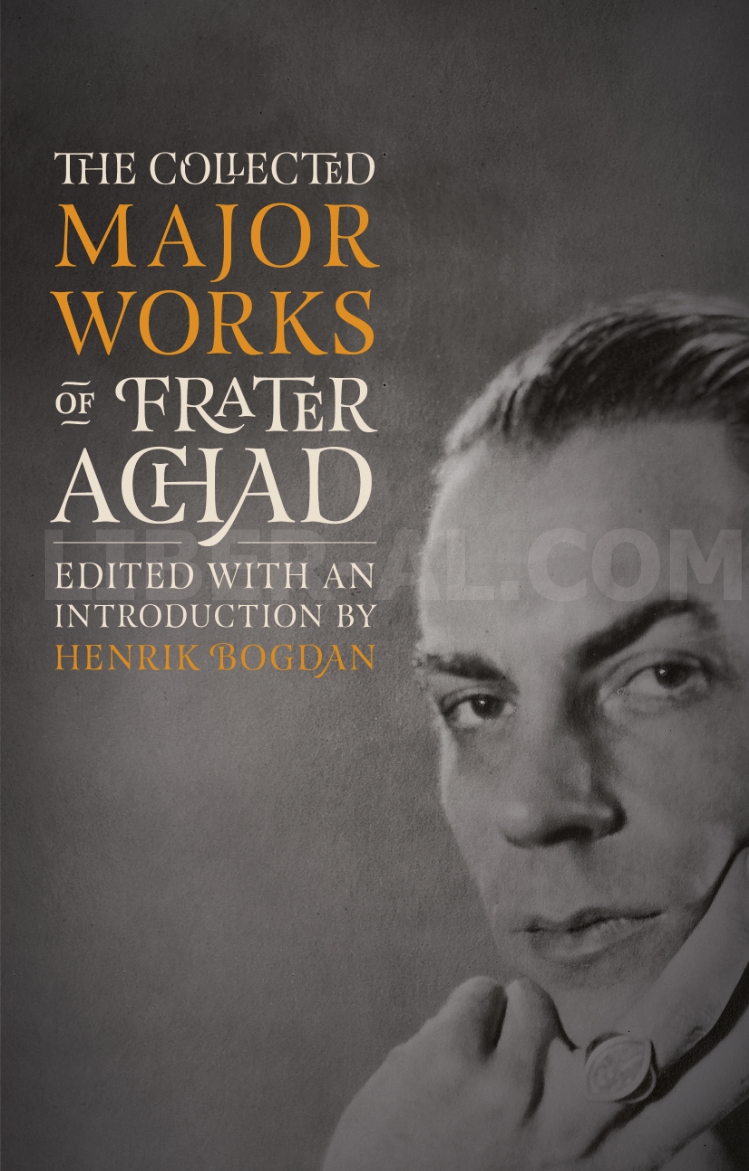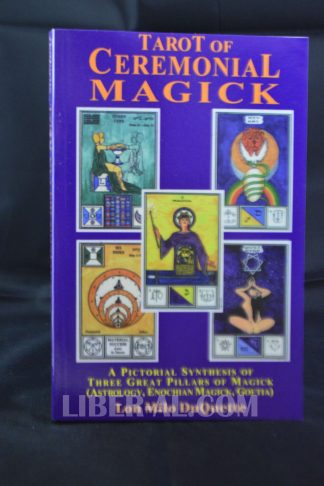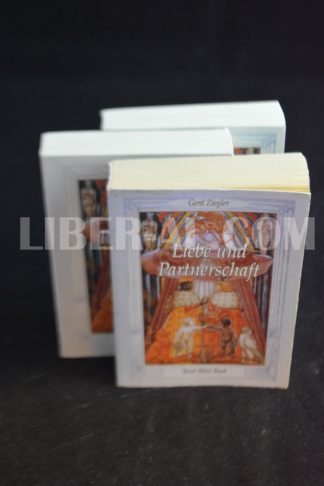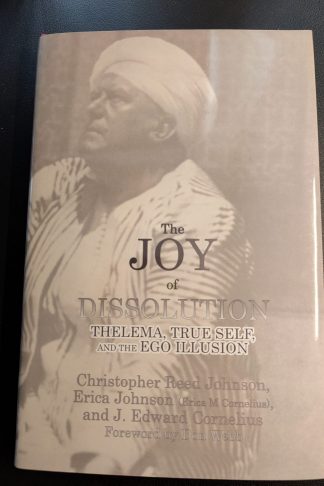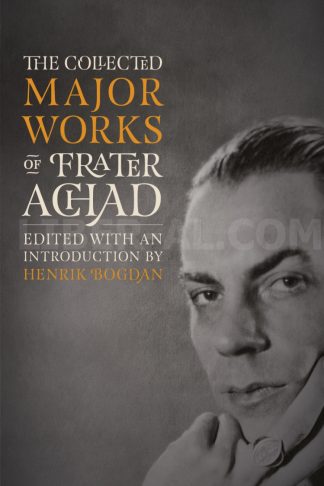Description
Frater Achad (Charles Robert Stansfeld Jones), Henrik Bogdan (editor)
Starfire Publishing, 2025. Hardcover, approx 370 pages, with illustrated endpapers, a frontispiece, a section of sixteen colour and black & white plates, a note of sources, and an Index. Edited and with an introduction by Henrik Bogdan. Dustjacket designed by Maria Lindberg Bogdan. Price isn’t likely to change, but it’s possible. Brand new/fine. Pre-order this exciting new title now!
The Collected Works of Frater Achad, compiled and edited by Henrik Bogdan, is a sympathetic presentation of Achad’s rich body of work, and is to be published across several volumes. The first volume in the series, currently in the final stages of preparation, collects together what are widely considered to be his three Major Works – Q. B. L. or The Bride’s Reception (1922), The Egyptian Revival (1923), and The Anatomy of the Body of God (1925) – with a substantial Introduction, and many illuminating annotations throughout the Major Works, by Henrik Bogdan.
Q.B.L., or the Bride’s Reception, which Achad published in 1922, is a short qabalistic treatise on the nature and use of the Tree of Life. Its chapters consider amongst other matters the formation of the Tree; its correspondences with the Hebrew alphabet, the Tarot Trumps, the planets and the zodiacal signs; the Four Worlds and their correspondences with the Minor Arcana of the Tarot; and the Qabalah and the various forms of gematria. In a lengthy Appendix, Achad outlined a reformed attribution of the Tarot Trumps to the paths of the Tree of Life, and alluded to the Incoming of the Aeon of Truth and Justice as foreshadowed in The Book of the Law. The interest generated by Q.B.L. led Achad to reissue it in 1925.
Q.B.L. was succeeded in 1923 by The Egyptian Revival, or The Ever-Coming Son in the Light of the Tarot, which developed the reformed order of the Tarot Trumps as previously outlined in the Appendix to Q.B.L. In the course of the book, Achad considered, amongst other matters, the Sut-Typhonian Tradition as delineated in the work of Gerald Massey; the essence of the practical qabalah; the mystery of Babalon and the Beast; and the Law of Thelema.
This was followed by the publication in 1925 of The Anatomy of the Body of God. Here the Tree of Life was presented by Achad not as merely a two-dimensional glyph of the Sephiroth and the Paths, but a living, multi-dimensional structure that is the anatomy of Ra-Hoor-Khuit, the Ever-Coming Son. Achad here sets out his convictions that the Universe is the Perfect Work of a Perfect Being; that there is a Supreme and Perfect Order in all things; and that the essence of Order consists in the perfect adjustment of parts in subservience to the ends of the Whole. This Integrality was the essence of his work in the Universal Brotherhood.
Henrik Bogdan is a Professor of Religious Studies at the University of Gothenburg, specializing in Western esotericism, and author and editor of numerous works, including Kenneth Grant: A Bibliography (Starfire Publishing Ltd., 2015) and Servants of the Star & the Snake (Starfire Publishing Ltd., 2018). Further volumes in The Collected Works of Frater Achad will include The Collected Minor Works, The Collected Essays and Lectures, Selected Letters, and Son of the Magus: A Biographic Essay Composed from the Writings of Frater Achad by Frederick J. Kayser.
Charles Robert Stansfeld Jones (1886–1950), aka Frater Achad, was a Canadian occultist and ceremonial magician. An early aspirant to the A∴A∴ (the 20th to be admitted as a Probationer, in December 1909) who “claimed” the grade of Magister Templi as a Neophyte. He was also an initiate of Ordo Templi Orientis, serving as the principal organizer for that order in British Columbia, Canada. He worked under a variety of mottos and acronymic titles, including V.I.O. (Unus in Omnibus, “One in All,” as an A∴A∴ Probationer), O.I.V.V.I.O., V.I.O.O.I.V., Parzival (as an Adeptus Minor and O.T.O. Ninth Degree), and Tantalus Leucocephalus (as Tenth Degree O.T.O.), but he is best known under his Neophyte motto “Achad” (Hebrew: אחד, “unity”), which he used as a byline in his various published writings.

